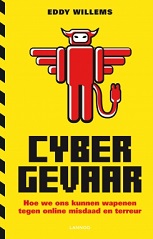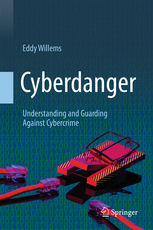The Viren-Test-Center’s founder passed away in May 2015, at the age of 77 (25/5/1937 – +19/5/2015).
A man we all will miss!
Klaus was one of the founders of CARO (the Computer Anti-Virus Research Organization), an organization that was established in 1990 to research and study malware. CARO was planning to create another official and public organization called EICAR, an organization aiming at antivirus research and improving development of security software. It was during the inaugural meeting of EICAR in Brussels, Belgium in 1991 that I’ve met Klaus for the first time.
While talking to Klaus, I got to learn about so many new aspects of viruses and that made me being even more interested in this whole matter. Some of his ideas were very controversial while some others, on the contrary, were even very conservative. His ideas inspired me in a lot of security related topics, events and publications I touched, visited and launched afterwards. At least you could say that, without Klaus and my first encounter with a Trojan horse, back in 1989, I wouldn’t have been into the security industry at all.
I still remember Klaus from his interesting discussions and points of view on a closed security forum. Actually, I still have all of his feedback in my backup system. Some of these old mails range back 19 years! I always stayed in contact with Klaus and I have met him during many security related events like the early EICAR conferences in the nineties.
During one of the latest CARO workshops, I told him about a book that I was writing and he told me that he always would be there in case I needed some advice. For that reason, I asked him, several months ago, to write an opinion chapter about the future of security for my book, called “Cyber Danger” (the German version “Cybergefahr” will be published later this year). I now do realize, that this will most probably be the last words he officially wrote in a book. Klaus will always be remembered as a pioneer. I am greatly saddened to have learned of his death yesterday. He contributed so much to the industry.
Klaus, I still owe you a copy of my book! Somewhere. Sometime.














